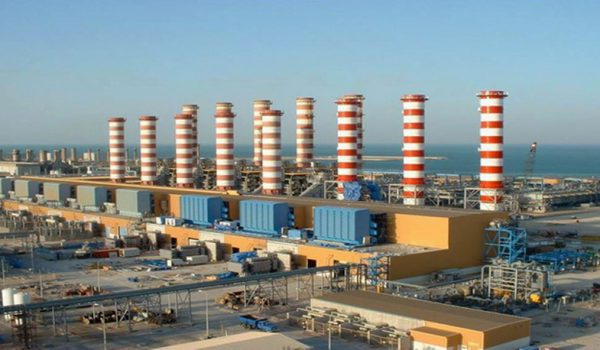

A world-renowned architect has proposed a series of islands in Doha Bay, each showcasing one of the world’s ecosystems, as part of a project that he argued would make Qatar’s capital a global “epicenter of biodiversity.”
In an interview with Doha News, Stefano Boeri said that he wants to create natural environments seen in different parts of the world such forests, deserts and coastal regions, and enclose these islands in architecturally appealing greenhouse-like domes, similar to Singapore’s Gardens by the Bay.
The climate-controlled biodome attraction would serve a dual purpose by providing a recreation and leisure venue for residents and tourists, as well as a living laboratory for academic researchers. The project could also showcase new water desalination and solar power technology, he added.
“This is not just preservation. This is producing nature,” Boeri said. “I cannot imagine a city of only skyscrapers and streets. We need a place where people can experience a new way of life.”
He estimated such a project would cost between €150 million and €350 million (QR751 million to QR1.75 billion), and could be accessed by pedestrian bridges if built close to the old Doha Port or by small boats if it is further out.
Boeri said there’s also the possibility of integrating his project with the Doha Sharq Crossing, a series of tunnels and bridges connecting the new Hamad International Airport, Katara Cultural Village and the West Bay financial district that will also dramatically alter the city’s waterfront skyline.
While his project is currently only in the concept stage, with many of the details still being developed, Boeri said he’s had some contacts with individuals in Qatar’s “political sphere” – but no formal agreements have been drafted.
Nevertheless, he’s “absolutely optimistic” that the project can become a reality in time for the 2022 World Cup.
Vertical forests
Boeri – whose Italian firm, Stefano Boeri Architetti, has an office in Doha that’s working on Qatar’s new port project in Al Wakrah – has a history of ambitious undertakings.
He was part of the architectural team that prepared the concept plan for the Expo 2015 site in Milan. Boeri also designed the “Bosco Verticale,” or Vertical Forest, which consists of two residential skyscrapers in Milan wrapped in thousands of trees, shrubs and floral plants.
Vertical Forest in Milan from Stefano Boeri Architetti on Vimeo.
That project is nearing completion and is envisioned to absorb carbon dioxide, produce oxygen, block noise pollution, capture small dust particles and shield units from wind and excessive heat in the summer. The plants are also expected to attract a range of birds, butterflies and insects.
Beyond sustainability
Boeri said he doesn’t want to solely focus on reducing humanity’s collective footprint on the environment. Instead, his vision for “biodiversity” involves moving beyond the concept of sustainability and completely rethinking how humans coexist with other forms of life.
“Sustainability limits our presence, but doesn’t remove us from the center of the world. Biodiversity is a change of perspective,” he said earlier this month during a public lecture hosted by the Doha Architecture Forum.
The Vertical Forest project, for example, “reconstructs the relation between nature and city … by subverting the principle of enclosed green spaces” such as gardens and parks, according to an overview of the project.
Boeri said the Doha biodome project would similarly “inject” biodiversity into a dense urban environment – a concept he likens to acupuncture – while creating a physical space that is simultaneously used for conservation, scientific study and as a public attraction.
“Biodiversity is a way to not limit the impact of human presence, but to take a new approach to the human phenomenon,” he said.
Here’s his full presentation:
Thoughts?







